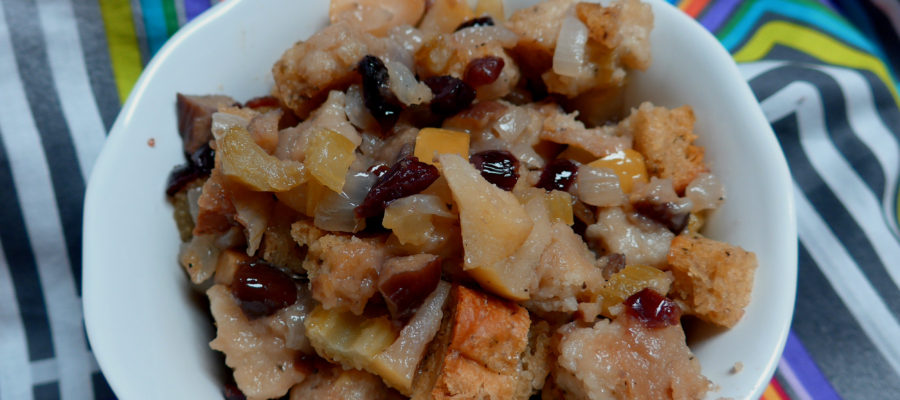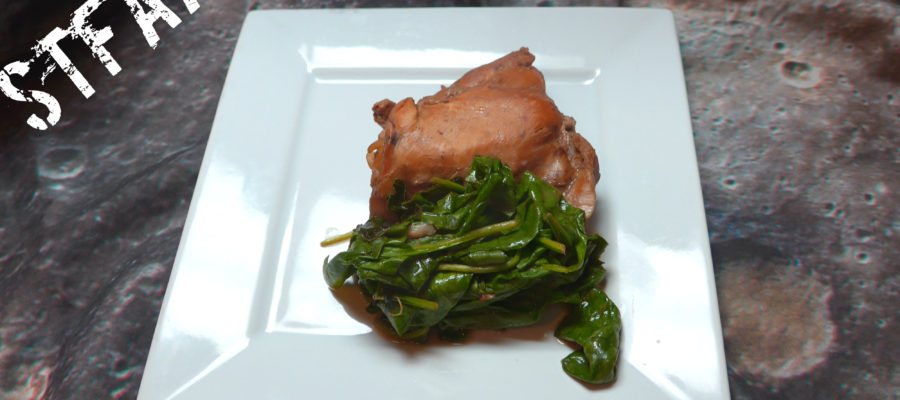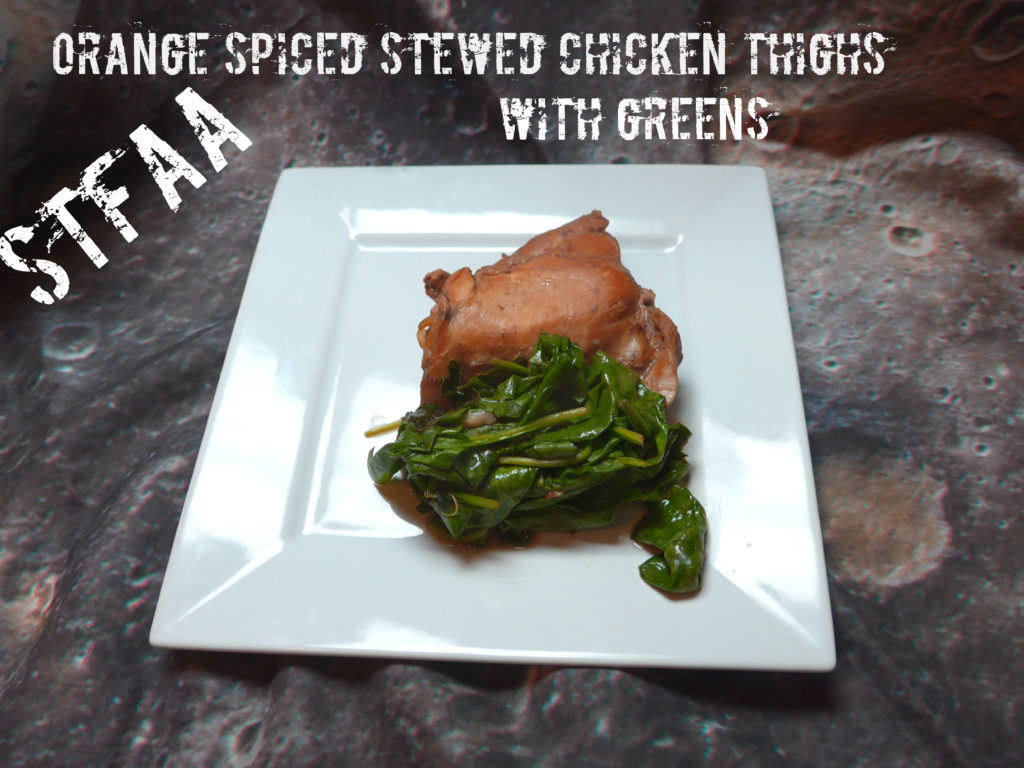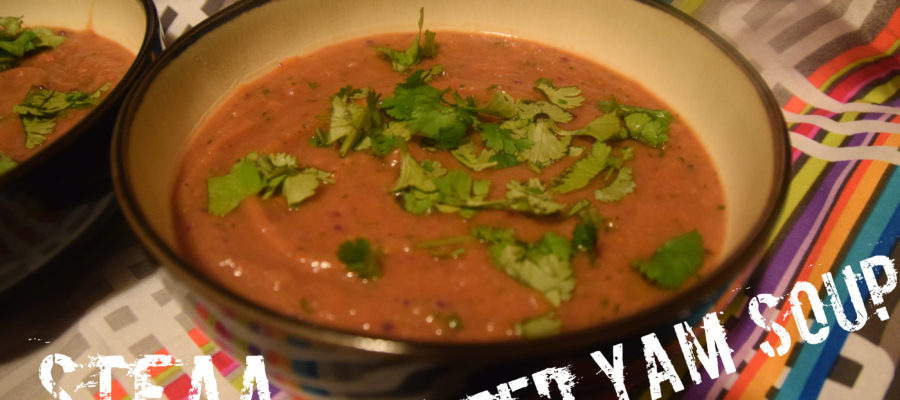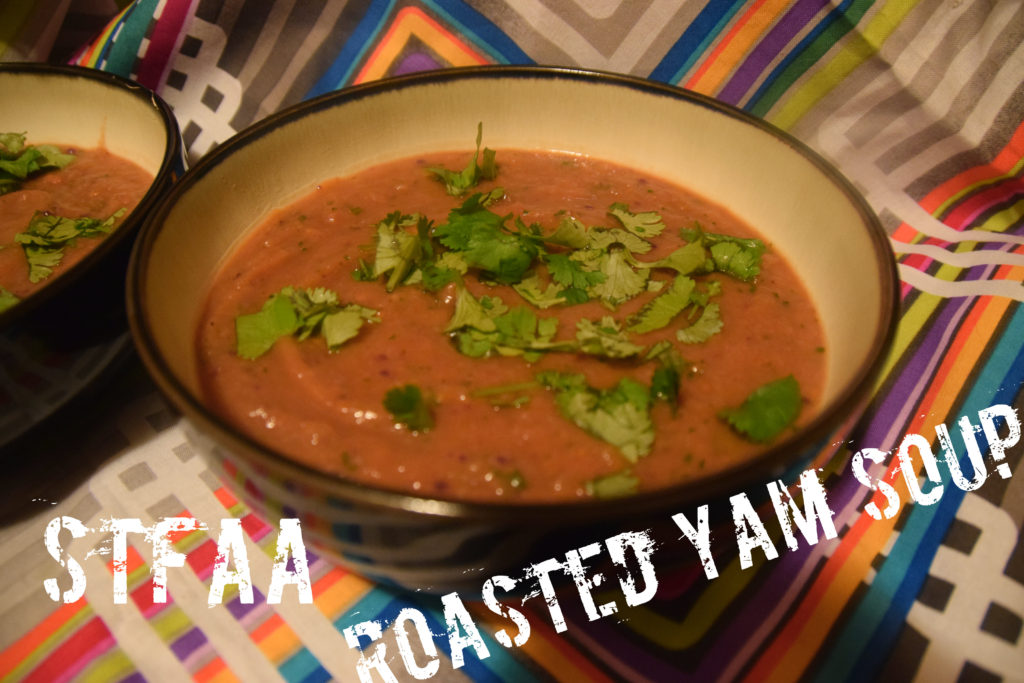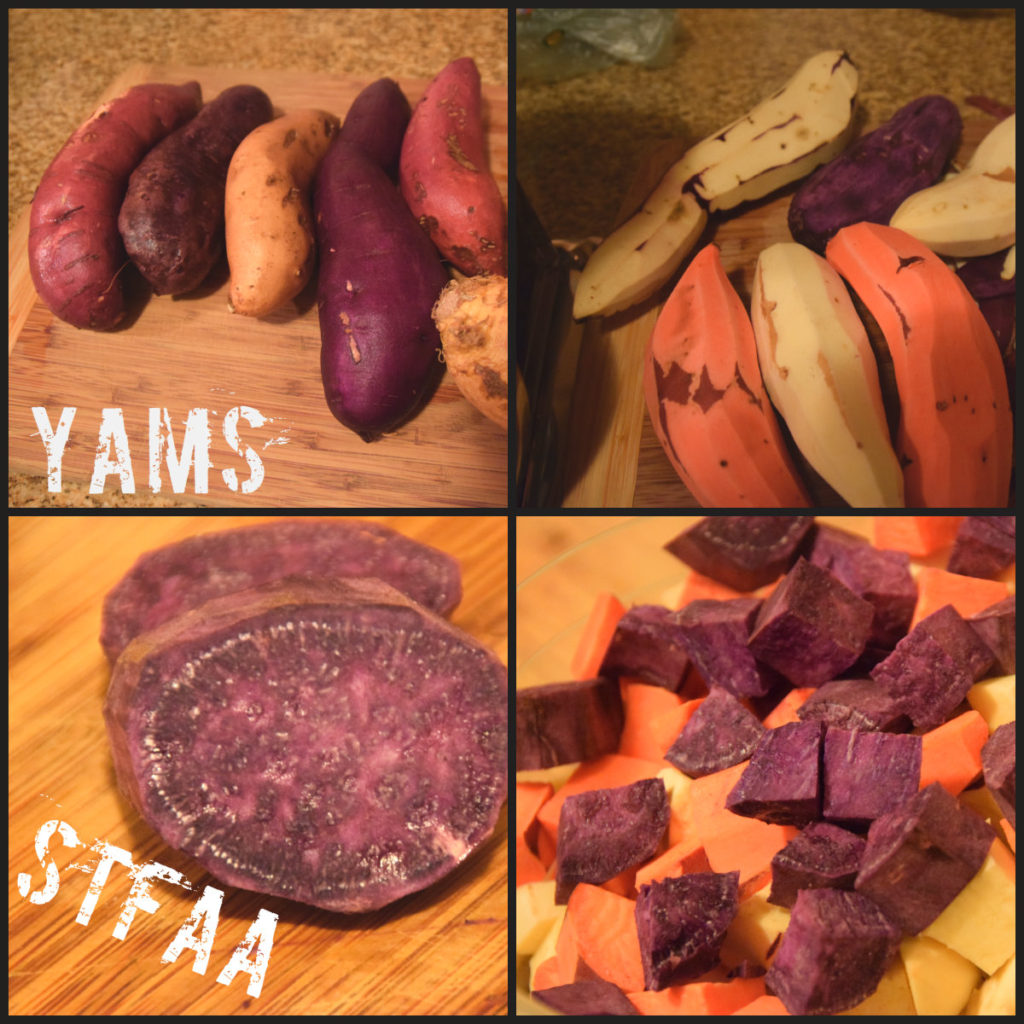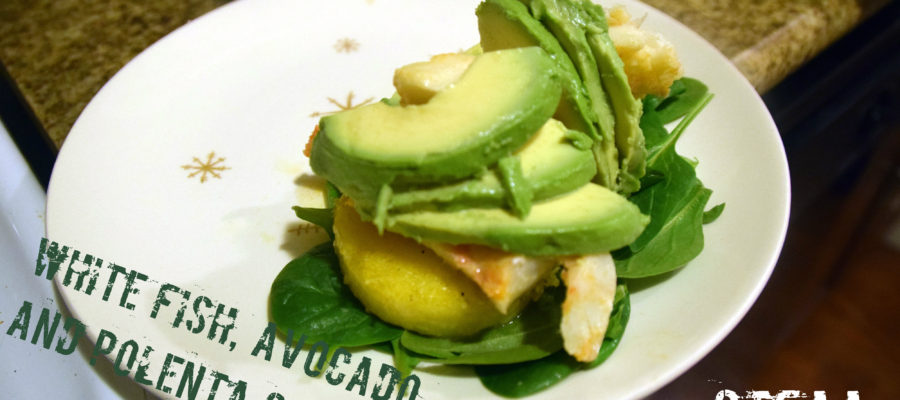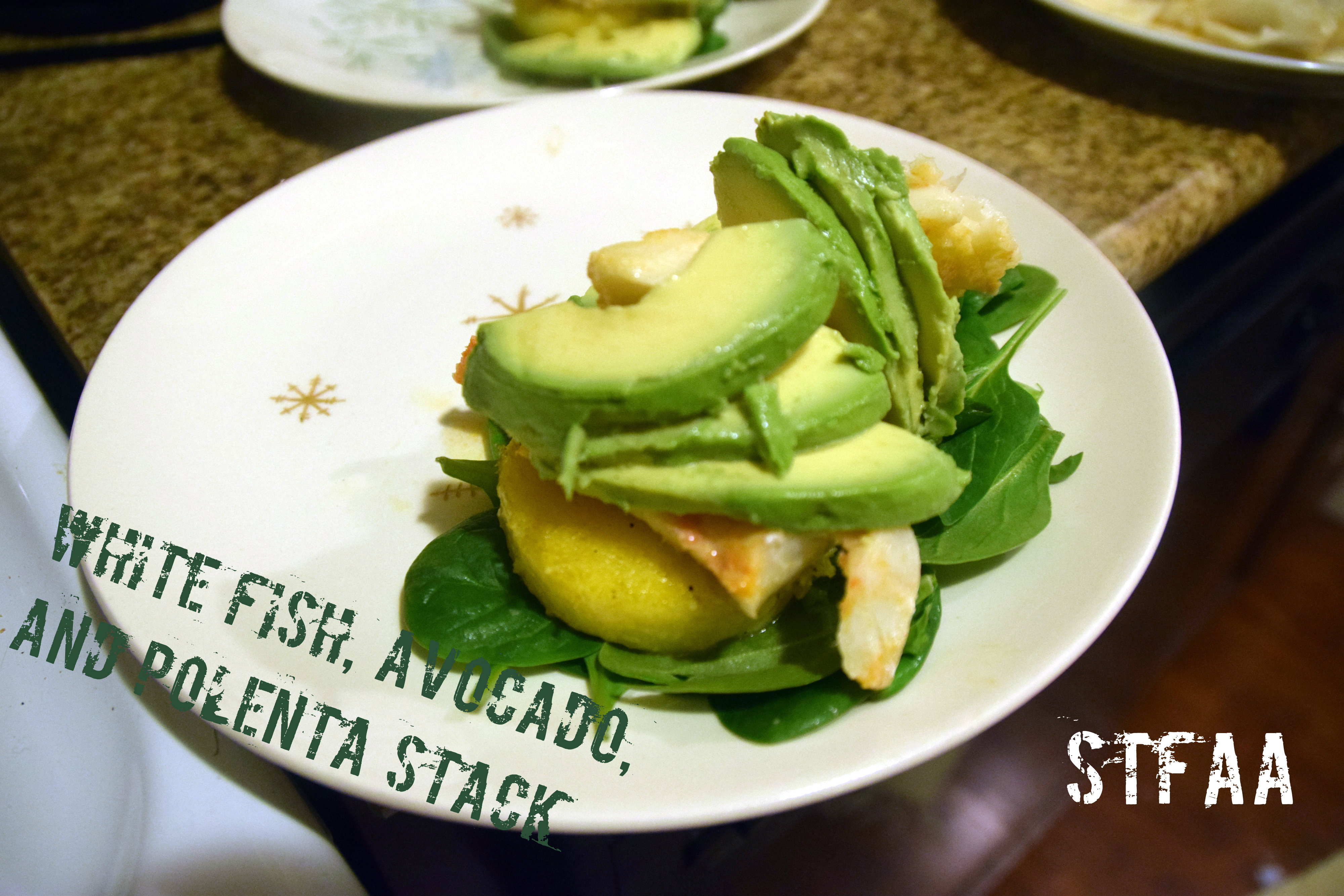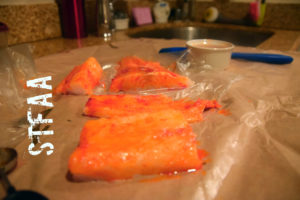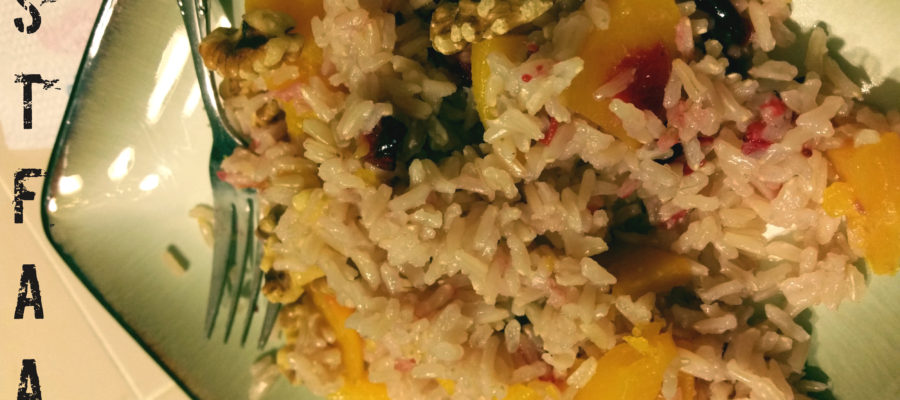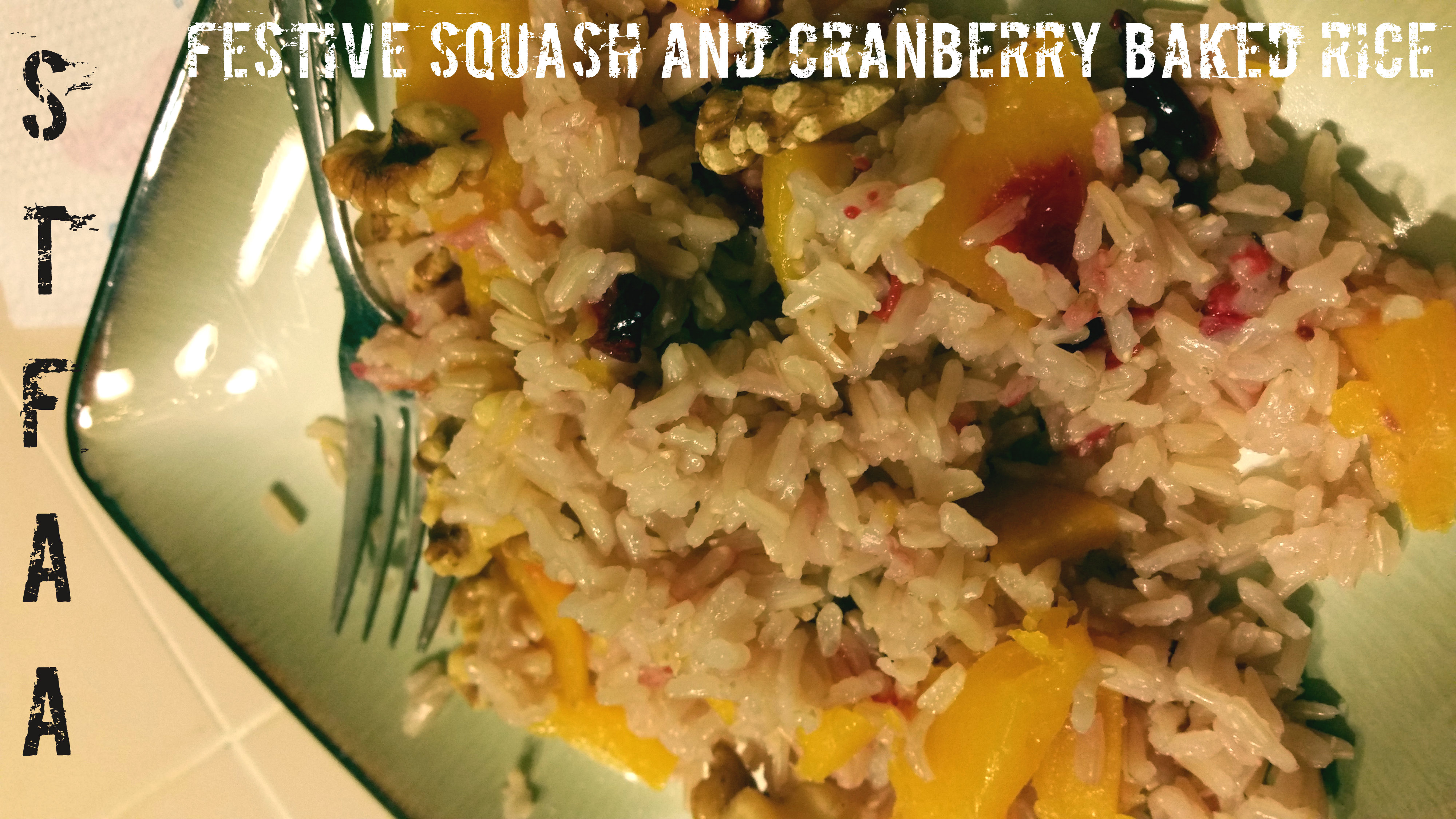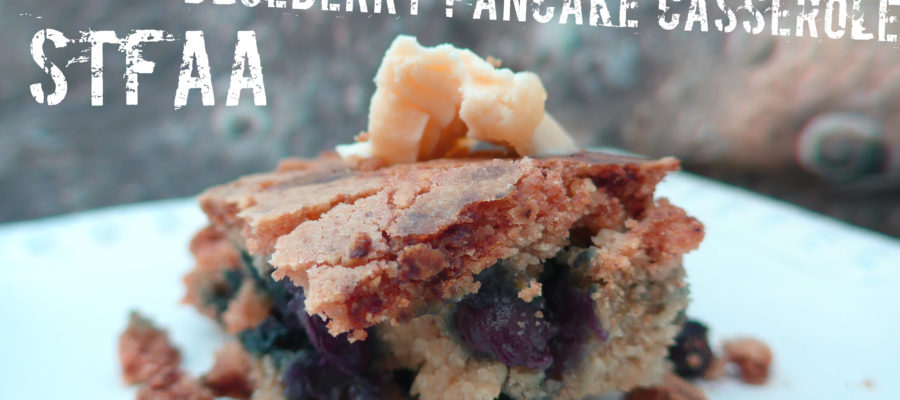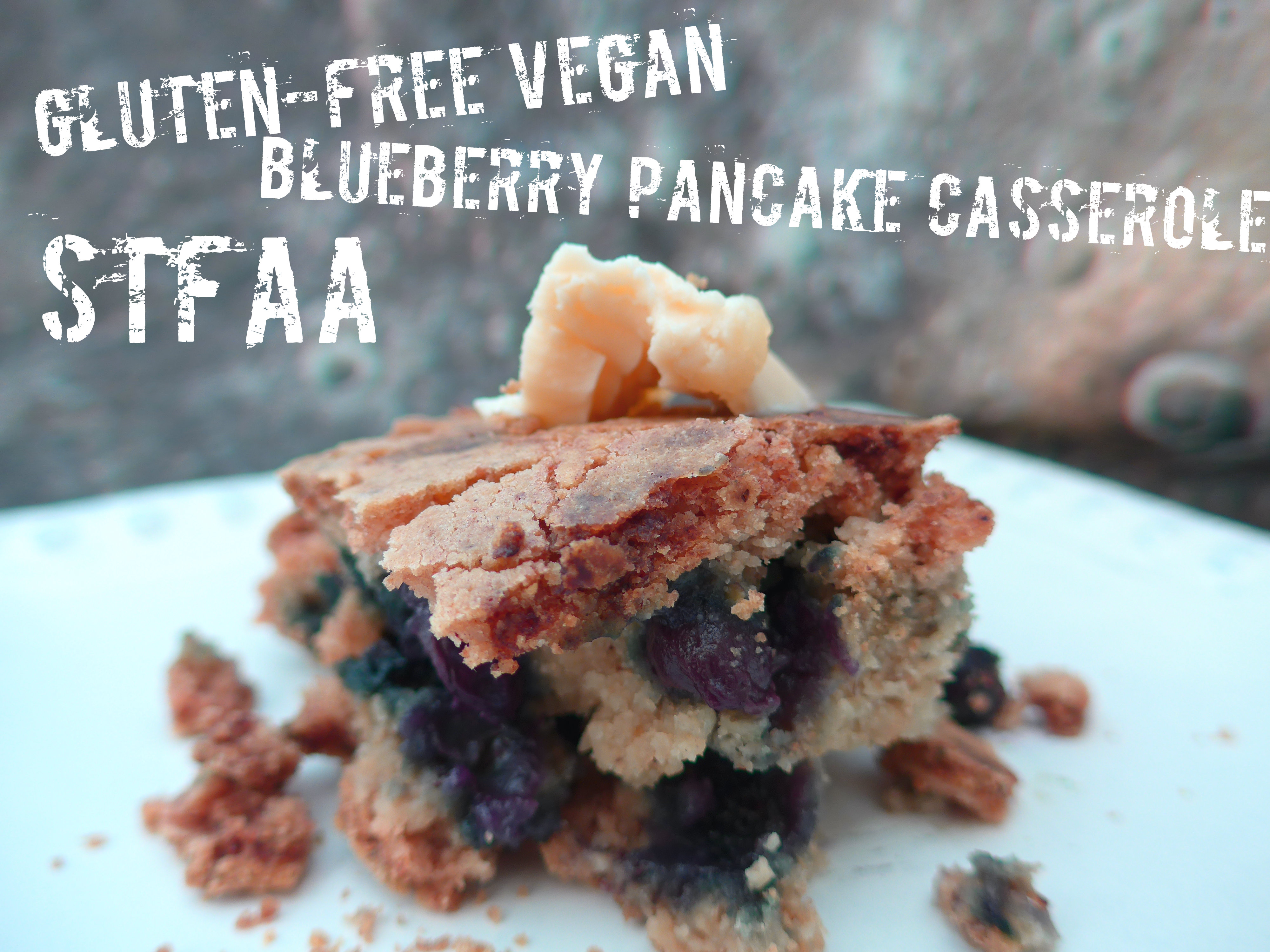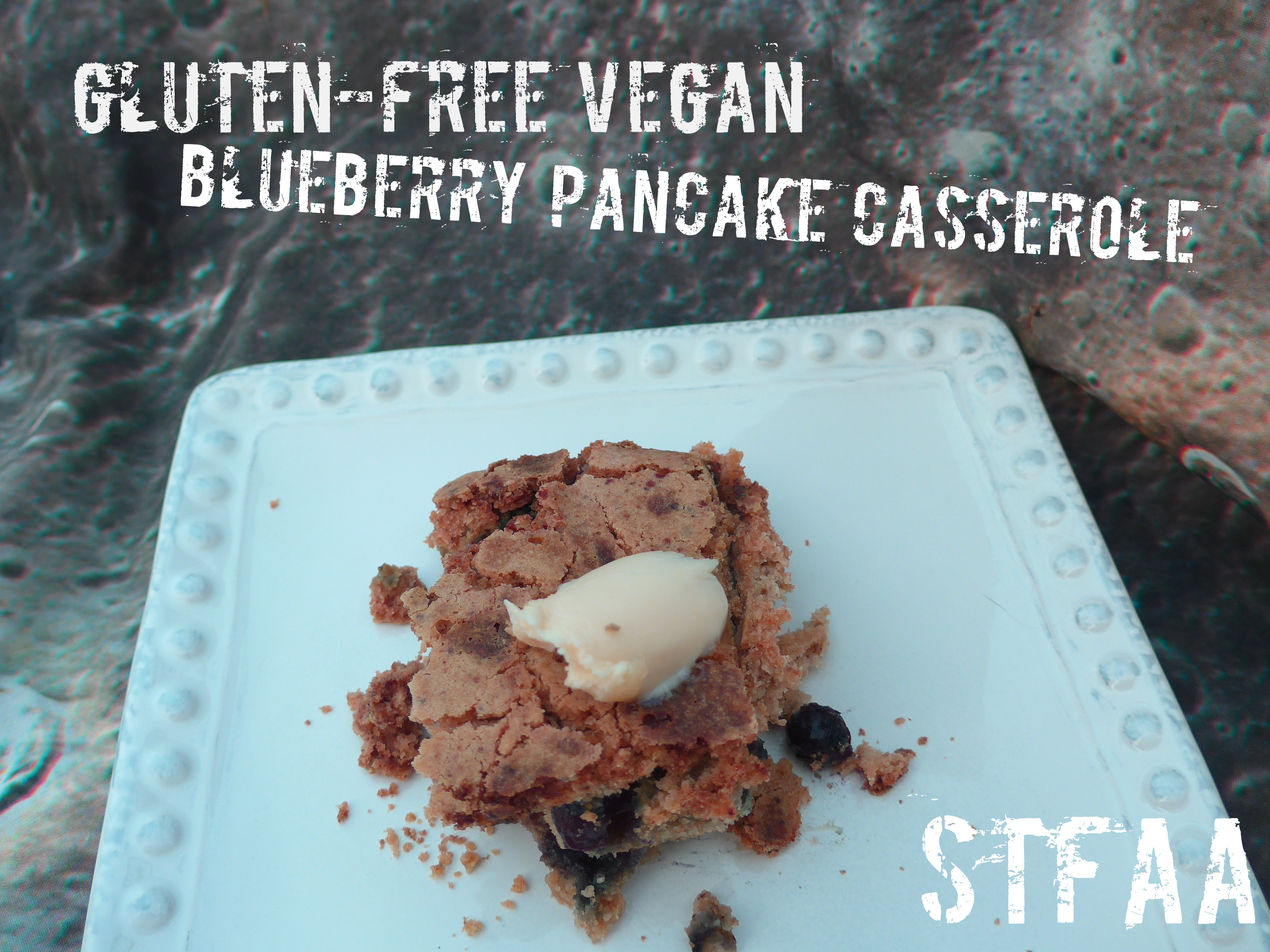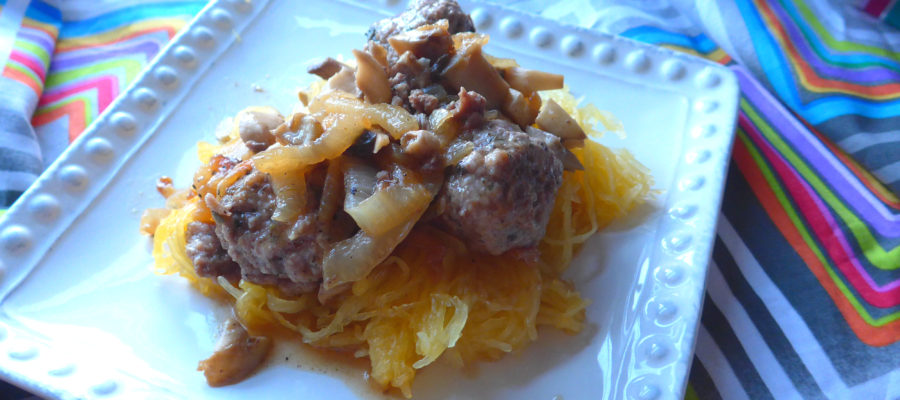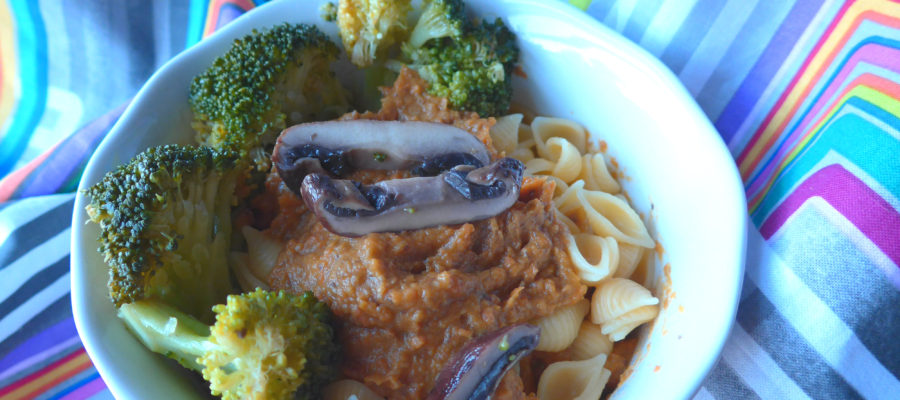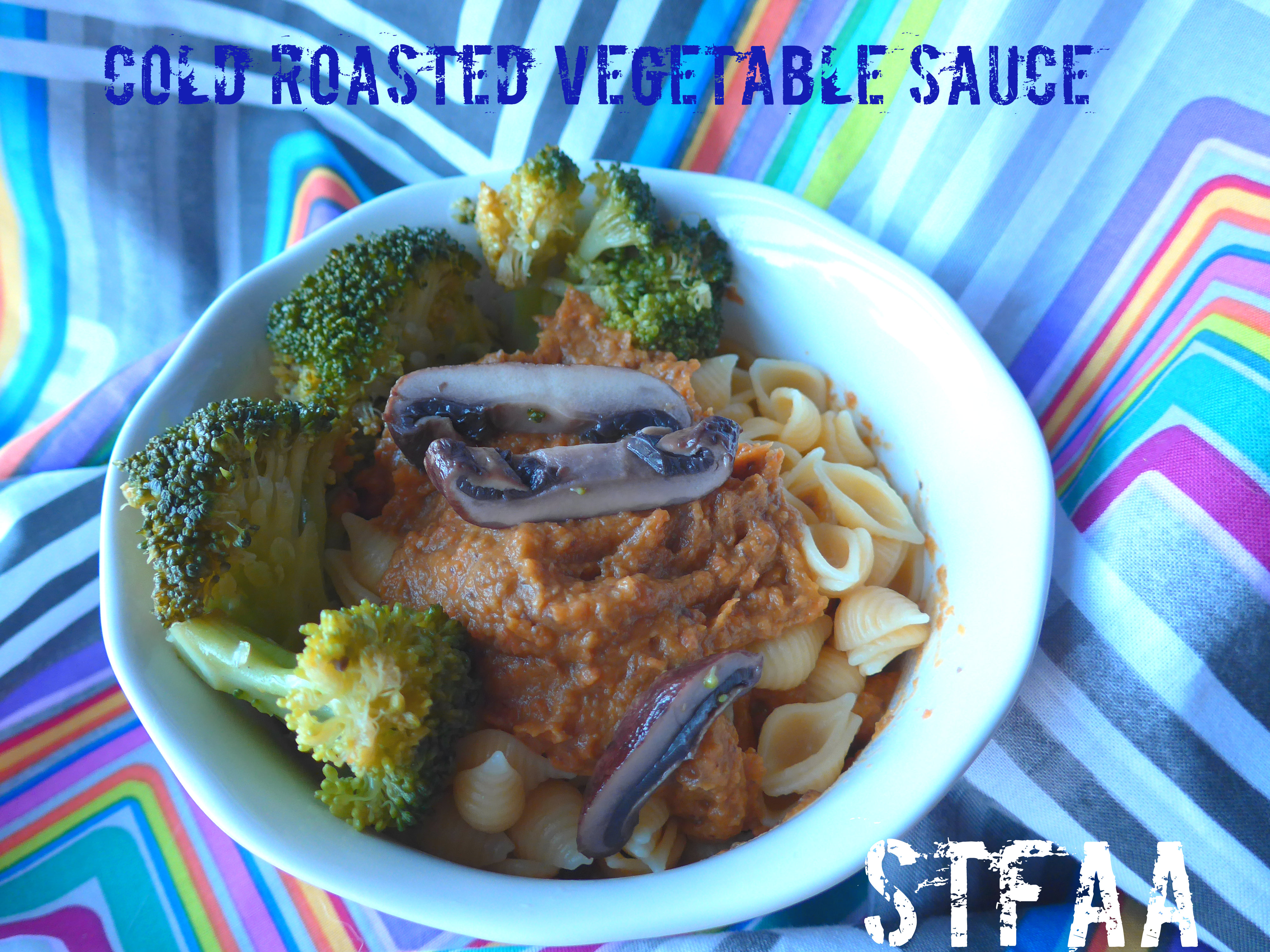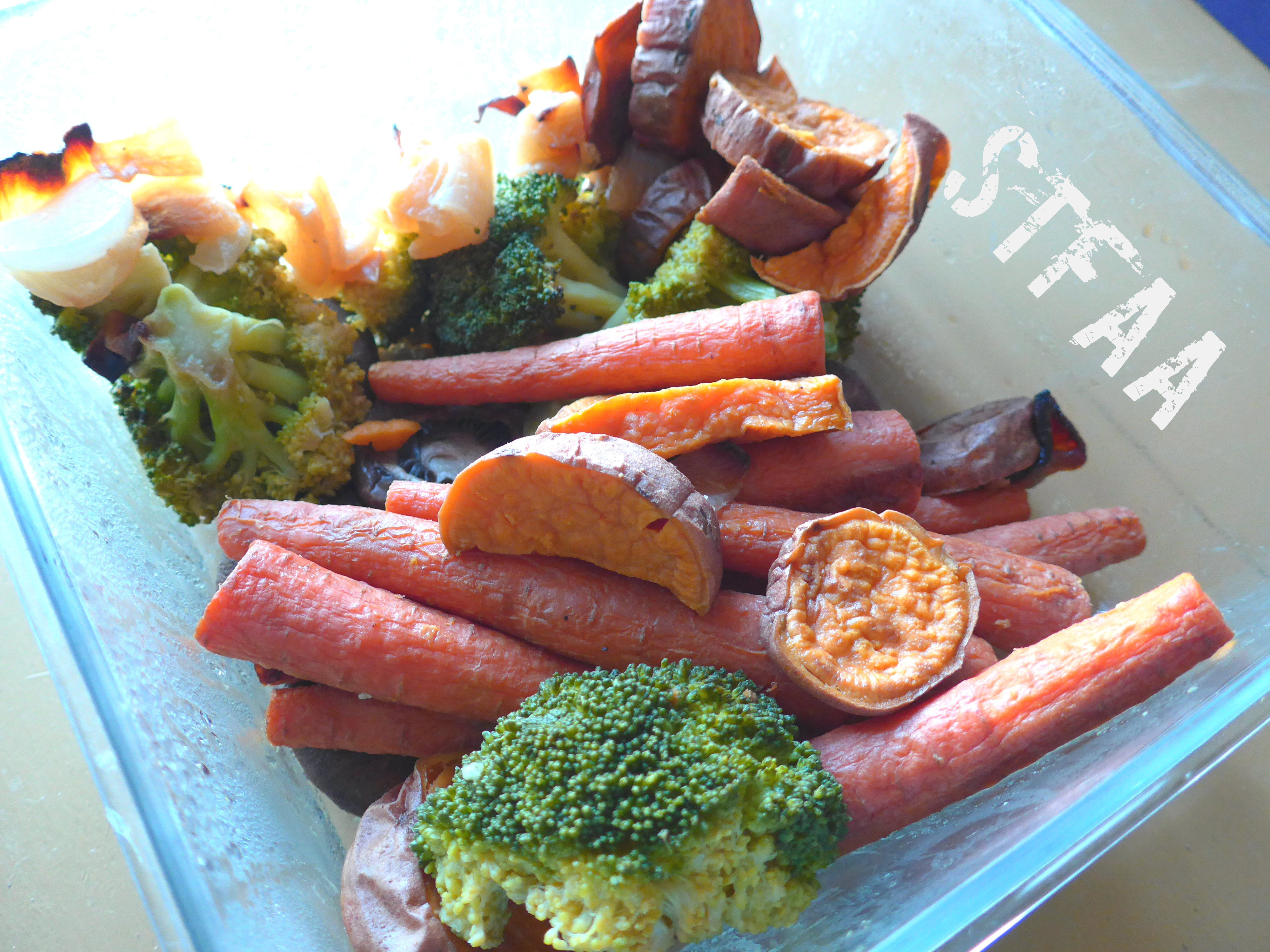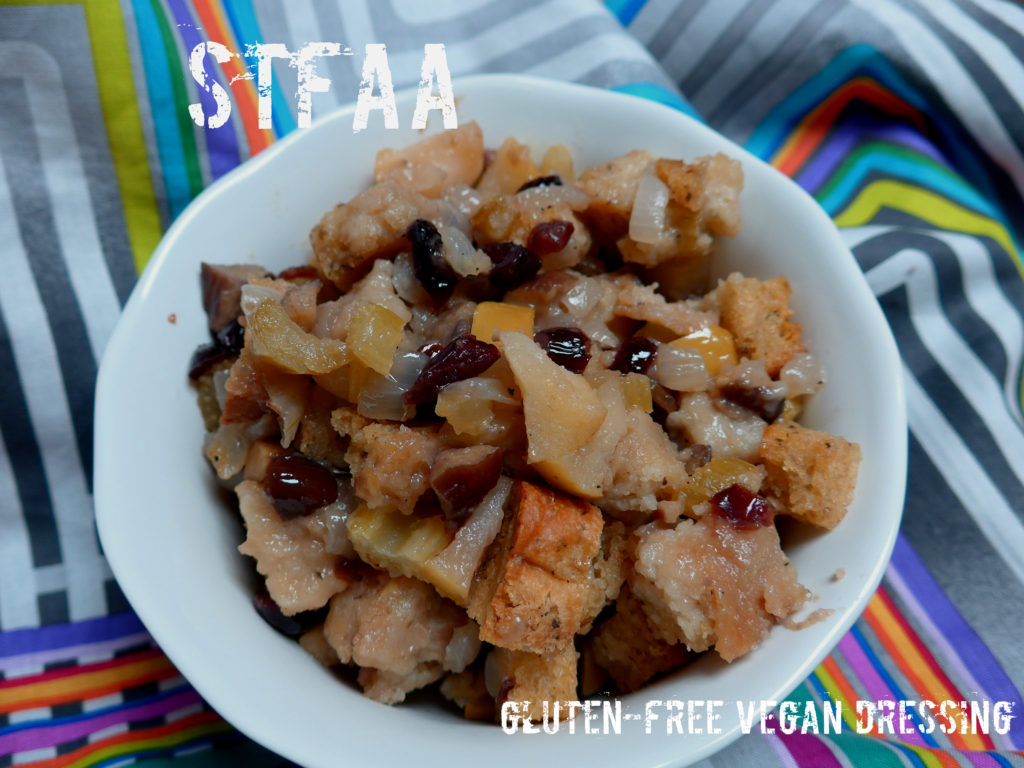
So years ago, Denise and I posted a poll (which no longer works) as we disagree about whether the bread dish served with large birds is properly called “dressing” or “stuffing.” Denise argues that it’s stuffing. I argue that it’s stuffing IF it is stuffed into something (bird or vegetable, I don’t mind which) and it’s dressing if it isn’t. So, by that logic, this is a dressing. But by other people’s reckoning, this is a stuffing. No matter what you call it, it’s quite tasty and makes a great side dish that reheats well. I realize the timing of this might seem weird — most people think of stuffing/dressing as a Thanksgiving dish. But I was trying to make more space in the freezer and using up gluten-free breads that I didn’t love as toast, plus an excess of certain other ingredients in the house.
And that’s a key — you will need bread. Whether you make your own gluten-free bread, buy a packaged product, or are lucky enough to have a local bakery that accommodates your allergy needs, you will need bread. The lucky thing is that this is actually a great dish to use up edible but slightly disappointing bread experiments! For the right texture for dressing, bread must be thoroughly dried out and then rehydrated, and gluten-free bread is awesome at drying out, isn’t it? I remember my mom laying out bread slices on a clean towel on top of the dryer about a week before Thanksgiving, but I just threw mine in the oven at 250ºF for about an hour. Keep this in mind — you can either prep ahead and dry your bread out, or you can build in extra time the day you make your dressing. Everything else in this dish is a pantry staple in my house.
Like our Mini Thanksgiving casserole version of dressing, this one also contains celery and chestnuts, but unlike with that one, you could leave the chestnuts out here and make a nut-free version, if that’s your need. This one also has dried cranberries, which are really awesome, and uses veggie broth to stay vegan. If you like it, I’d suggest mushroom broth for the best flavor.
Notice: Trying to access array offset on value of type bool in /home/maryzahc/public_html/adultfoodallergies.com/wp-content/plugins/wp-ultimate-recipe/helpers/models/recipe.php on line 254
- 2 cups gluten-free bread cubes dried out. Check for other allergens.
- 2 Tablespoon fat of choice
- 1 1/2 cups celery chopped
- 1 1/2 cups onion chopped
- 1/2 cup dried cranberries, rehydrated by soaking in hot water 15 minutes
- 5 oz chestnuts, chopped (optional)
- 1 whole apple, cored and chopped, peeled if you prefer
- ~1 cup vegetable broth
- If you need to dry out your bread crumbs, you have a few options. 1. Set the bread out on a rack and leave it out for a few days. 2. Bake at 250ºF for about an hour, directly on the rack. 3. Toast on low and let cool completely standing up (don’t let it steam against a plate). Choose based on the amount of time you have now. Cut the bread into cubes.
- Preheat oven to 350ºF.
- In the oil/margarine/fat (I use vegan margarine), cook the onions until translucent. Add the celery, cook for a few minutes. Then add the cranberries, chestnuts, and apple, cooking for 2-3 minutes between each addition.
- In a bowl, mix the bread and vegetables. Mix well. Slowly add the broth, stirring, until there is just a tiny bit more than what the dried bread absorbs — maybe a tablespoon or so. Pour into a greased baking dish. You can do this round casserole style (deep) or in a 9×13 pan (shallow), which will change the texture. The deep dish will be more casserole-like and the shallow dish will be more bread-y and crispy.
- Cover and bake 30 minutes. Remove the cover and bake another 15 minutes, until top of bread bites are crisp. Serve hot.
º
